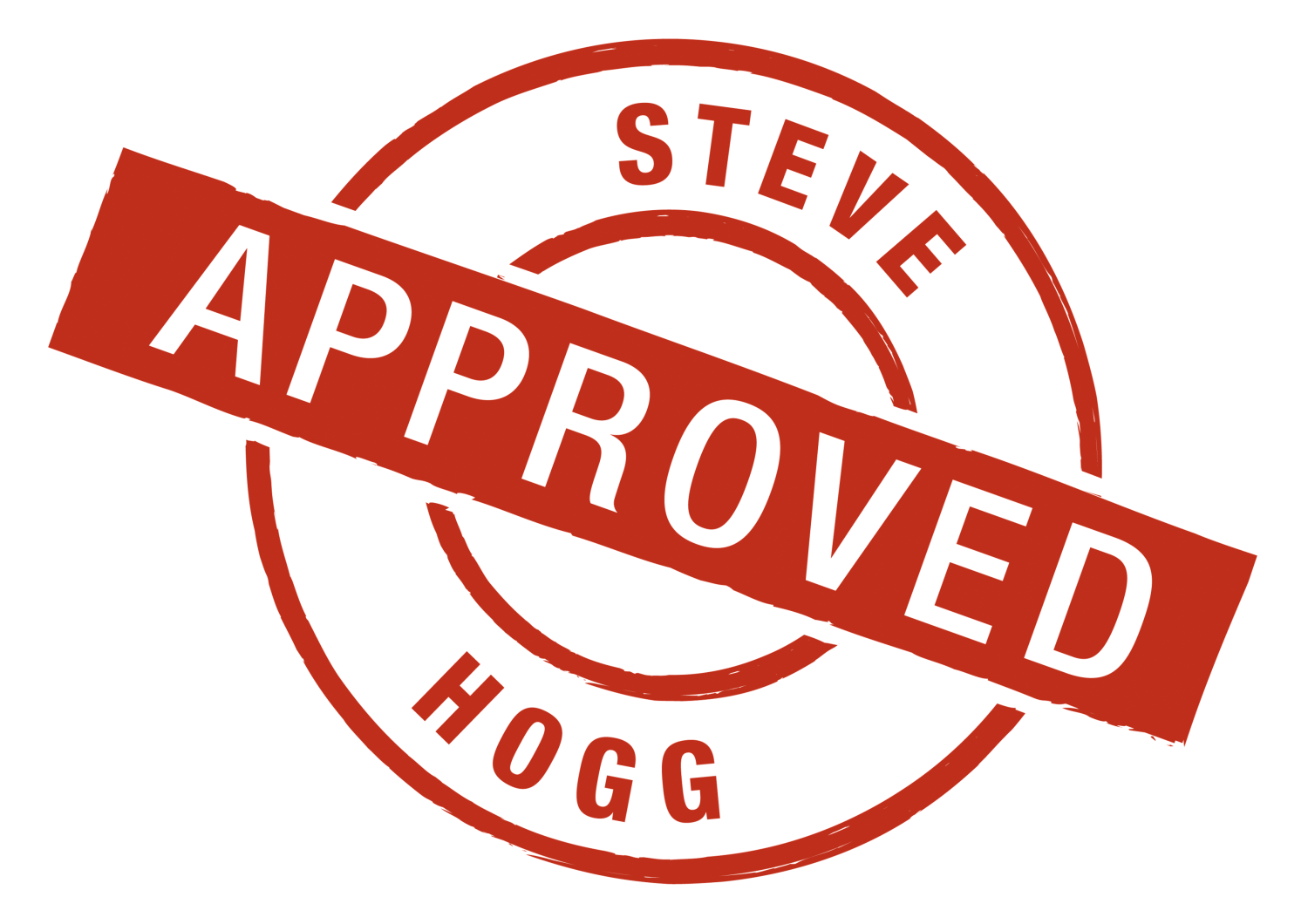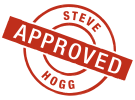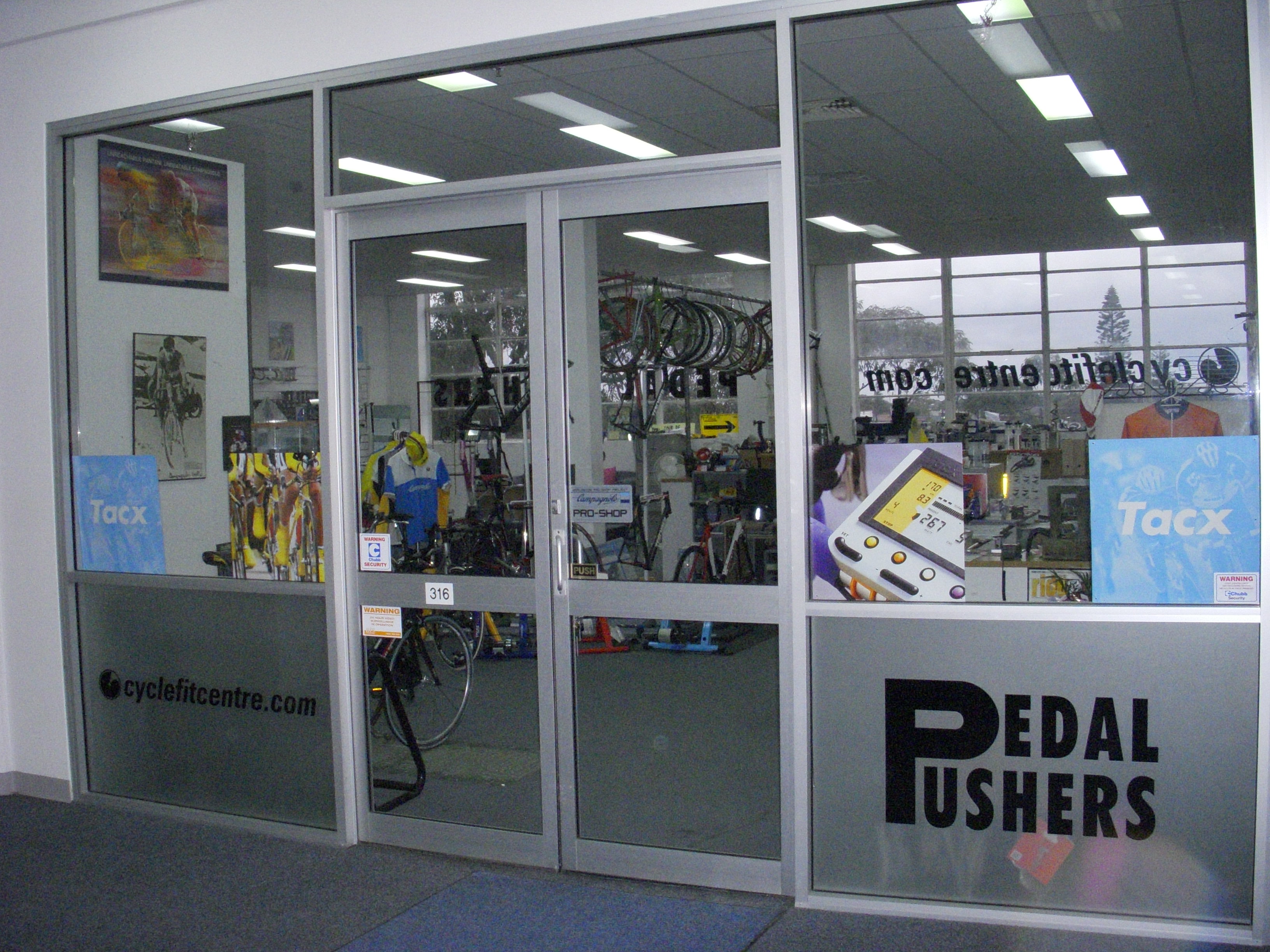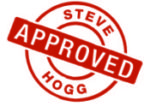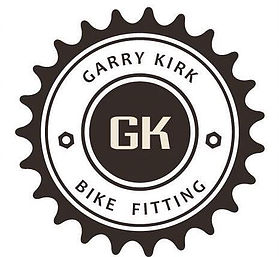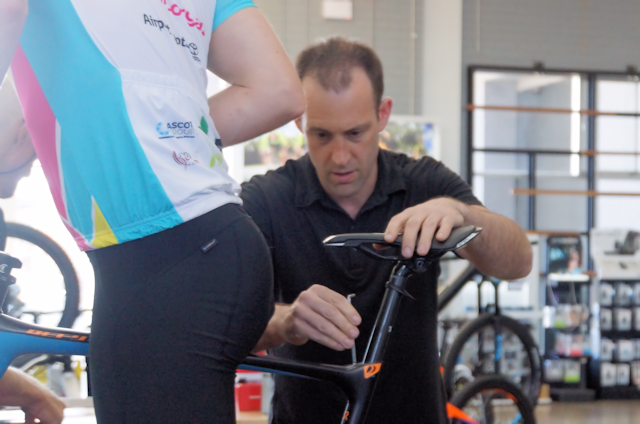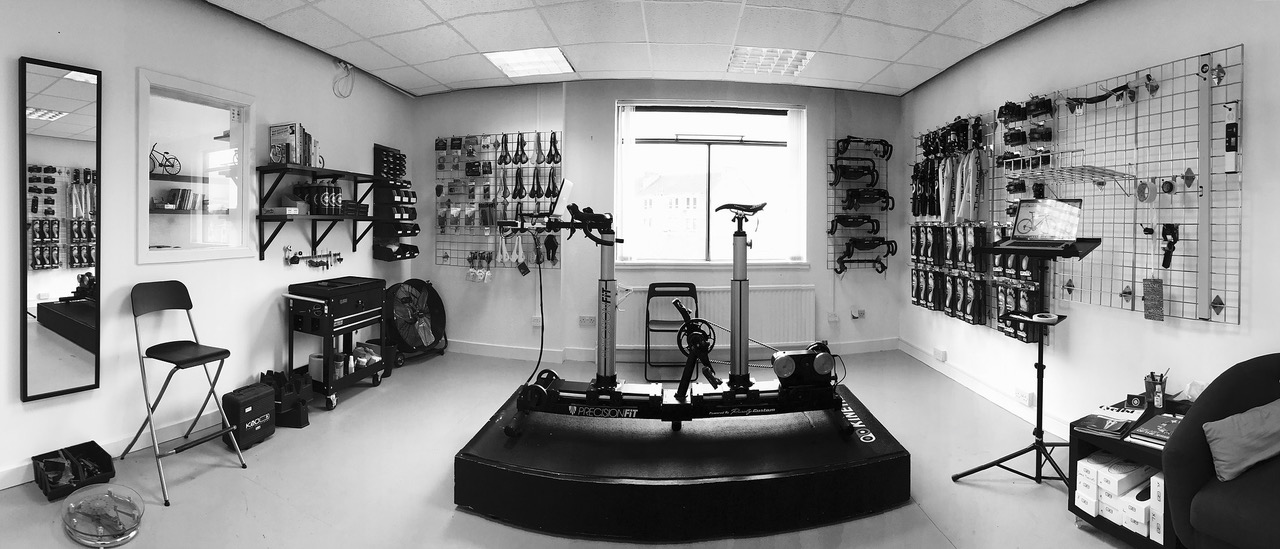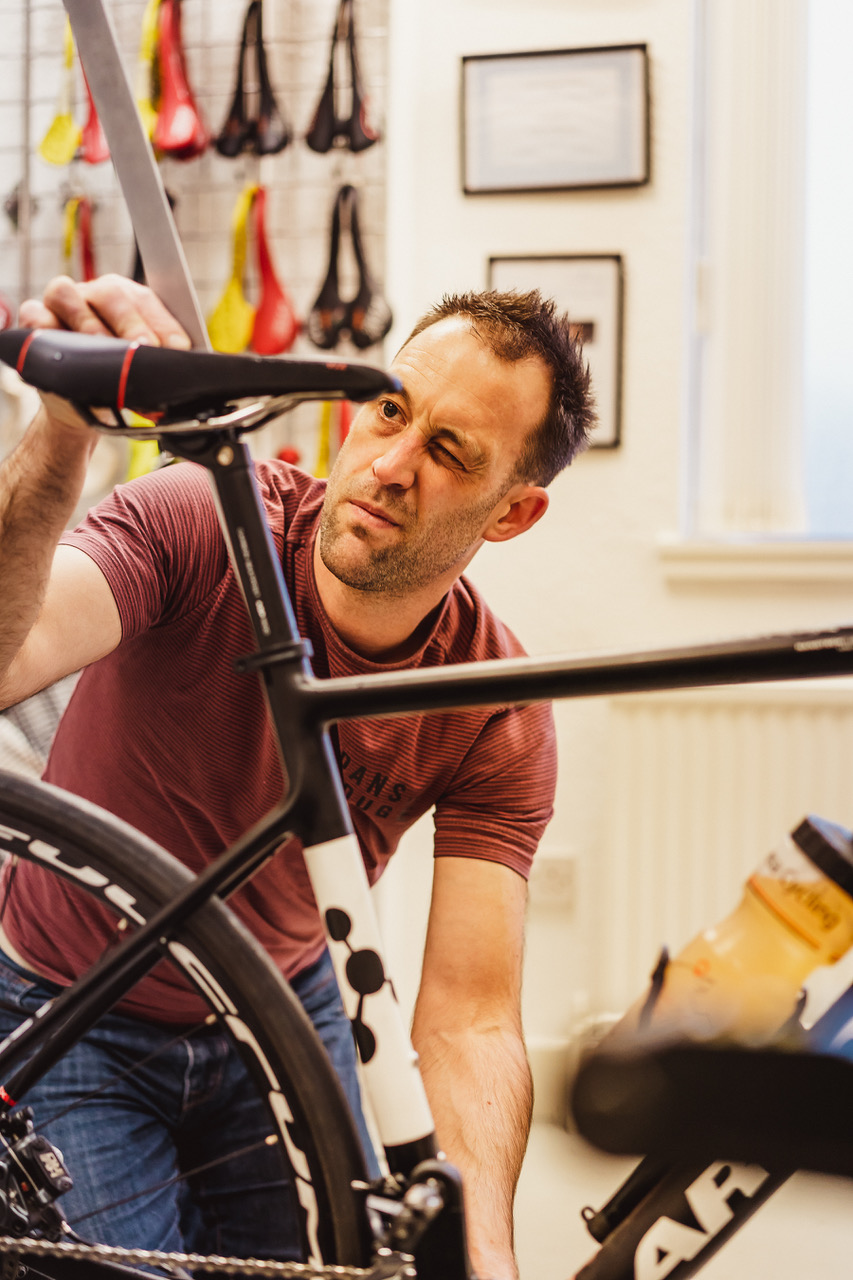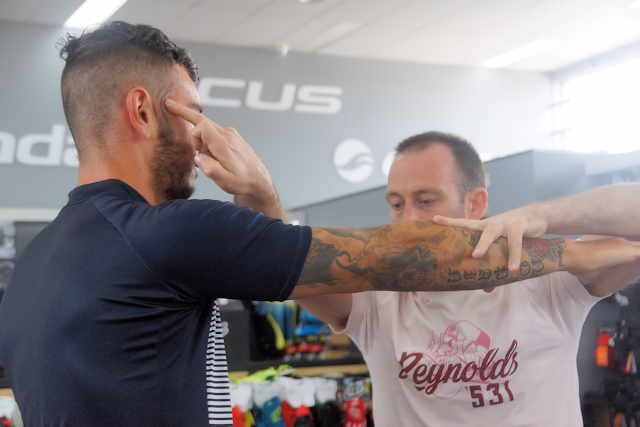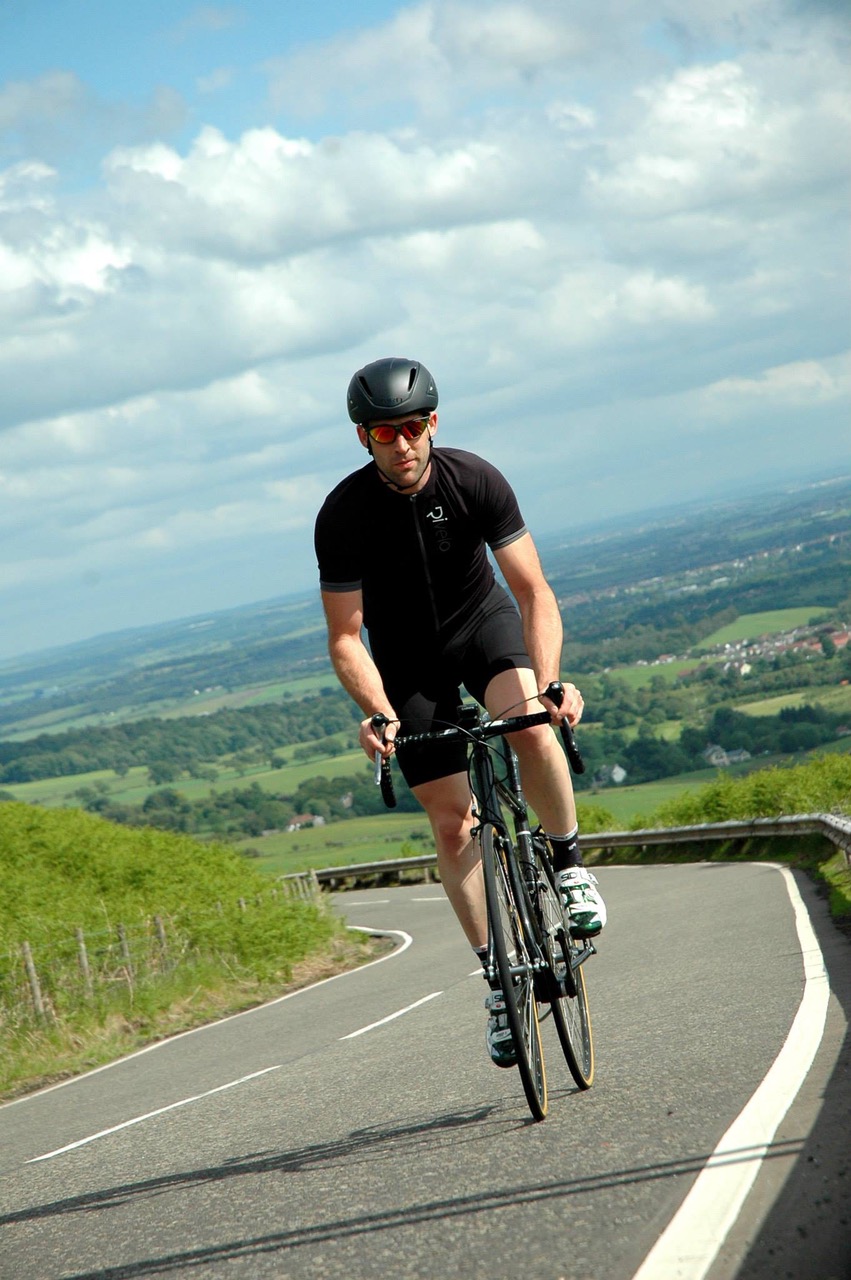I was born and raised in South West Scotland, and I’ve been riding bikes for more than 30 years. My earliest cycling memories are of stealing my dad’s steel Merckx from the shed and riding it around the streets using the top tube as a saddle. I was quick on two legs and the funny thing is when I was about 12- or 13-years old, I appeared in Dad’s garage announcing the need for some kind of wooden wedge (to be fabricated there and then), or something at least, that I could place between my foot and the pedal (I swear I’m not making this up!) to “even out the pressure on my foot.” I could sprint and run well… Why the hell could I not transfer that same feeling of power through to my bicycle pedals?
I became involved with mountain bikes and rode into nearby forests before there were recognised trails. I rode because it was the fastest you could do anything as a child and it also provided me with freedom to explore. Roll on a number of years, and finally I could afford a road bike of my own and so the journey begins…
With an inherent curiosity and a desire to get the best out of every pedal stroke – I started buying books and applying traditional positioning methods to fit myself to my bike. I tried everything but could never get happy nor comfortable on a road bike. I had worn a pair of bib shorts right out on one side when I discovered a DVD called “Sitting Pretty.” Who’s this guy?
Roll on a few more years and in 2011 I began digesting Steve’s site. This was a revelation to me, so I began experimenting. Dealing with the feet was always always at the forefront of my mind and reading Steve’s articles on foot correction triggered a deeper interest still. The more I read, the more things made sense to me. I also began asking a lot more questions, but with more information comes even more questions! In the end, I reasoned that as I had needed to travel to the south of England to get a decent bike fit from Scherrit Knoesen, then there was scope for making a similar service available to the people of Scotland.
So, I began bike fitting! People often ask me how I got into bike fitting and the only answer I can ever find for anyone (that is considerably shorter than this) is… You don’t choose bike fitting, it chooses you.
Garry is…
IBFI Approved Fitter
Steve Hogg Approved
TORKE recommended
Has trained on these courses…
Advanced Bike Fitting with Steve Hogg
TORKE Cycling
• Body Positioning
• Foot Correction
• Off Road Positioning
• Aero/TT Specific Positioning
• Torque Analysis
Further qualifications
Applied Movement Neurology – Fundamentals Pro
Applied Movement Neurology – Level 1 Practitioner
- Comprehensive Bikefit – £250
- Frame Finder Bikefit -£200
- Foot Correction £100
- Second Bike £50
- Second Shoes £40
- Annual Tune Up £75
- SMP Saddle Fitting £50 – Redeemable against an SMP when purchased from Garry
- LAKE shoe Fitting £50 – Redeemable against the shoe when purchased from Garry
- Custom Frame Design £100
- Hourly Rate £40 p/hr
Equipment and / or supplies provided at the time of fitting will incur charges as applicable, i.e. footbeds, shims, wedges, handlebars, stems, seatposts etc. If you suspect that you may need a different option and have it already, please bring it with you.
Terms of Booking:
It is likely that I will need to make some changes to your equipment in order to gain an ideal position. If equipment changes are necessary, they are mandatory. I offer a money back guarantee based on my knowledge, experience and ability to put you in a position that is relevant to your current function.
Should you decline to allow me to make necessary equipment changes, the fit session stops, your bike, cleat position etc will be returned to your pre-fit session settings and you will incur a charge of 50 percent of the comprehensive fitting fee.
Deposit:
A 40 percent deposit is required to secure your booking. Any cancellations 72 hours prior to your confirmed booking date or no-shows will result in the loss of your deposit.
Payment:
Payment will be due at the time the fit is completed. Bank transfer, cash, PayPal and credit cards are accepted. Cash is preferred so as to avoid any surcharges.
Pre-fit Preparation:
When your fit date is set, I will send you a booking confirmation. This will provide you with information on what you should expect when you come in for your fitting. This cuts down on fitting time and gives you a little more prior “insight.”
Guarantee:
Bike fitting in Scotland with a guarantee you say? YES! I offer a full “money back if not happy basis guarantee.”
After the bikefit there is a three to four week period of habituation (this is necessary and allows the body to become accustomed to new motor patterns), then there are as many return visits as necessary within a three month period to dial the position in further if need be.
If after three months from the date of the fit, a client is not happy with the final result and feels I have done an unsatisfactory job of significantly improving his or her position, then I will refund them for the fitting and put their contact points back to that of which they were when they first walked through the door.
I would advise anyone coming for a bikefit to arrange one as and when they have a period of two to three weeks post fit where they can ride at a low intensity, that being not more than 75 percent of their maximum heart rate.
Footbeds:
If you don’t have any footbeds or orthotics in your cycling shoes and are planning a fit, you will require a footbed. The basic foam liner which comes with most shoes is not acceptable. Proper arch support is essential to a complete bike fit. Some shoes now come with a mouldable liner which may include interchangeable, modular arch supports. If you have these, bring them.
If you don’t currently have footbeds it is best to wait until your fit and Garry will supply the appropriate arch support on the day. This will ensure you avoid any costly errors.
Garry carries SIDAS and G8 2620 footbeds.
Mechanical Services:
I’m competent at providing mechanical services as required, but fees may apply (cutting steerer tubes, seat masts, etc.). Please have your bike in good working order for the fit, so we can focus on the task at hand, rather than repairs. This means if your seat post is frozen in the frame or bolts are stripped, deal with these issues before you come in for a fitting.
Off The Bike vs On The Bike:
Keep in mind that there is a difference between “issues on the bike” and physical or structural issues which prevent an athlete from achieving optimal position, or riding pain or discomfort free on a bicycle. Some of what an athlete brings to a fit may be out of the domain of my area of expertise, and therefore may require additional modalities in order to improve function. I have a network of health care professionals in the area including a physical therapist, acupuncturist and massage therapists, and I may provide referrals. Have confidence that my methodology is not to dodge a bullet by sending you somewhere else, my intent is to work with integrity and help you get comfortable and fast on a bicycle. This requires a holistic approach to the athlete.
Post Fit Adaptation:
You should expect an adjustment period of up to three weeks after your position changes are made. The adjustment time will vary depending on how much change is made, how heavy your training and racing load were before the fitting, how adaptable to change you are as an athlete and as a person, and how much intensity and volume you do following the fit. This may mean reduced training load, volume, or changing competition schedules. If you are concerned about the timing of your fit and how it may impact your training or competitive calendar, email me and we can talk specifics.
Three steps forward, one step back:
Understand that even if your new cycling position is superior to your previous one, you may go slower and experience soreness initially as part of your adaptation. If you are a high volume rider or have been cycling for many years, thousands of pedal strokes have contributed to neural programming and patterning which have been ingrained in your movement, and it may take time to find fluidity and efficiency in your new position as those pathways are reprogrammed. Your short term performance may be compromised as a result of changes made to your position.
Post Fit Adaptation:
You should expect an adjustment period of up to three weeks after your position changes are made. The adjustment time will vary depending on how much change is made, how heavy your training and racing load were before the fitting, how adaptable to change you are as an athlete and as a person, and how much intensity and volume you do following the fit. This may mean reduced training load, volume, or changing competition schedules. If you are concerned about the timing of your fit and how it may impact your training or competitive calendar, email me and we can talk specifics.
Please bring with you:
- Cycling shoes with orthotics or insoles if you have them
- A cycling kit
- Helmet
- The sunglasses and / or prescription eyewear you wear on the bike
- New cleats if your current cleats need replacement or are significantly worn
- Any wallet or credit cards you carry with you on the bike
- Any phone you carry with you on the bike
- Ladies please bring a crop top or athletic bra. Riders will be asked to remove their tops for part of the pre – fit assessment
- Any saddles you have tried and you feel may be an option for the fit
- Extra stems or bars you have, if you feel they may be useful for the fit
Food and Drink:
Because of the length of the fit process, it may be a good idea to have some snacks on hand so you don’t get hungry. I have water, tea and coffee for customers at any time but if you prefer another source of liquid, feel free to bring it.
Notes on Equipment:
- Ensure that your bike is reasonably clean. A dirty bike is not pleasant to work on and in some cases takes extra time to work on.
- If your cleats or shoes are worn beyond the point where it impacts on performance, I will insist on replacing them.
- If repositioning of brake levers or adjustment of handlebar angle is necessary and your bar tape takes a beating in the process, you may need new bar tape.
- I will make every effort to ensure your bike is ready to ride when you leave, however if we make changes to stems, bars, saddles and posts, it is possible some parts may require additional tightening after the fit. Please know it is ultimately your responsibility to ensure your bike is safe to ride before you ride it.
I look forward to working with you soon.
COMFORT+EFFICIENCY=PERFORMANCE
Garry Kirk Bike Fitting
Charleston House
87-95 Neilston Road
Paisley
Renfrewshire
PA2 6ES
Tel: 07976552317
Web: www.garrykirkbikefitting.com
Mail: info@garrykirkbikefitting.com
How to get here:
There is parking to the rear of the building on Duke Street. The postcode for Duke Street is PA2 6RF.
As you turn into Duke Street, it’s the second entrance on your right hand side and there is a ‘Private Parking’ sign on the fenced gates.
Once parked, you can gain entrance to the rear of the building (Charleston House) from the car park and my studio is located on the first floor.
Training with Steve? So, where do I start?
I began bike fitting by fitting people for free, developing an eye and my own style of fitting. When I started, I already had ideas about training with Steve; that was the goal, but like anything in life you have to cut your teeth and put the work in. I set myself the challenge of an apprenticeship. I said five to six years, and if I feel ready I’ll go for it… If he’ll accept me.
The thing here is, Steve doesn’t accept everyone and definitely doesn’t certify everyone. I needed to be sure that for one, I enjoyed what I was doing and was good at it, and then secondly that I was confident enough in my own ability to travel to the other side of the world and put my neck on the line training with him.
I’d been corresponding with Steve for eight or nine years, so in 2018, during a visit to the UK, I met with Steve, by invitation, to take a look at the methods he was currently developing. Steve was keen to get across the idea that fitting is more about bodies than bikes in the sense that the more functional issues that we can fix for the client before they get on their bike, the better the outcome. I wholeheartedly agree.
What I like about Steve’s approach is there’s a genuine interest in the client – that’s the prime focus and why we all offer a money back guarantee for our services as we all have genuine interest in client satisfaction. That’s all that matters. I am echoing other fitters comments here but it’s worth repeating. The other critical aspect of this approach is it enables all of us to continuously learn and to be able to think on our feet.
It was a long trip and like Tim Dejonghe, I was travelling for 27-plus hours; though leaving a snowy Scottish winter for the tail end of an Australian summer isn’t a bad start. Shortly after arriving and after consuming one fine craft beer, and I’m lying on my back on a large float in the pool with my sunnies on. Scotland and winter only a distant memory.
Hey, it wasn’t all beer and beach balls!
It all began riding up Waterfall Drive. Steve and Margaret live on a very steep hill; enough said.
I roughly knew what Steve’s approach to foot correction was and when we met in England in 2018, I had a first hand look at the Low Velocity Mobilisation techniques that I subsequently learned in Australia. So, I had a fair idea of what to expect.
Back in Scotland I’d been working with Applied Movement Neurology paradigms and there is a certain amount of crossover. However, understanding the reasoning behind a range of techniques and being able to apply them to a widely varying clientele who all respond differently are two very different things.
I loved working on foot correction, and we had some foot correction revelations when I was there which was really interesting. Learning these methods enables me with certainty to establish clear proprioceptive feedback from the feet, and I am delighted to be able to offer that to my fit clients from here on in. The Low Velocity Mobilisation techniques left me gobsmacked at times, I have to say.
To be able to increase joint range of motion and fix muscle laxity and hypertonicity by restoring neurological deficits is something of a game changer. These techniques require attention, skill and a degree of intuition which quite frankly only someone like Steve could have worked out in the first place.
It’s a lot to get your head around. I spent most of my time thinking, “How the hell did he work all this out? Once again, the more you learn, the more questions that inevitably arise. One of Steve’s strengths is his ability to act on intuition, and I enjoyed being around someone with the ability to think ahead and work out solutions… Maybe it’s all the chess he plays… ………….perhaps it’s a ton of experience…………….. perhaps it’s all of these things, but it has enabled Steve to become the fitter he is.
Three weeks in Australia with Steve and Margaret was a fantastic experience and has left a lasting memory. It has given me new skills to integrate and enhance my own fitting practice, not to mention many more ideas moving forward as well. Thank you Steve, it was a pleasure.
